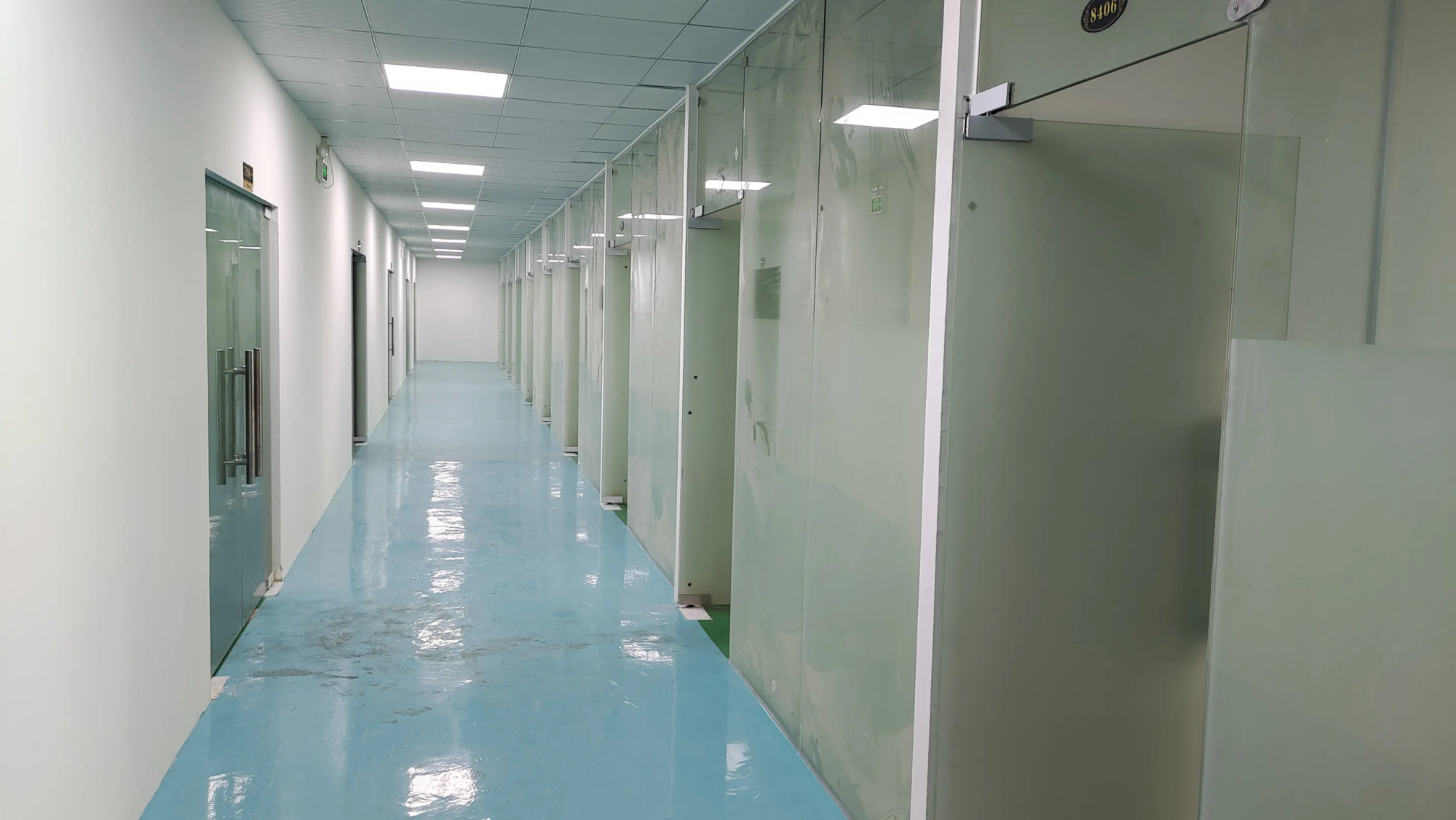On November 4, 2024, the Resource Library learned that dynamic interface printing (DIP) uses a restricted air-liquid interface and modulated light to quickly achieve support-free, high-resolution bioprinted structures without the need for chemical or to specialized optics. feedback system. It is also compatible with a variety of materials, including soft hydrogels and biorelevant hydrogels. The relevant articles are titled “Dynamic interface printing“The title was published on October 30, 2024 in“Nature”superior.
This new approach addresses some of the long-standing limitations of traditional bioprinting.Stereolithography, for example, is capable of achieving high resolution but requires building layer by layer, resulting in a slower process and frequent adjustments to the position of parts to piece together the material. Computational axial lithography (CAL) enables faster volumetric printing by rotating photopolymer vials and exposing them to intersecting projections of light. However, CAL relies on oxygen consumption to control polymerization, making it very sensitive to the type of polymer used and its curing dosage. Other light-based printing methods, such as xolography, use dual-wavelength photochemistry to create 3D structures in soft materials, but require complex optical setups, limiting material compatibility.
Dynamic Interface Printing (DIP)It is centered on a hollow print head, with an opening at the bottom and a transparent glass window at the top to achieve a high degree of control over the print interface. When the print head is immersed in the liquid prepolymer solution, it traps air bubbles, forming a gas-liquid meniscus at the end of the print head. This meniscus serves as a printing interface, where visible light projected through the glass creates structures. By adjusting the internal air pressure and using sound waves, the system is able to fine-tune the position and curvature of the meniscus, thereby promoting the transport and homogenization of the material, enabling high-speed 3D printing and without diaper.
The wide range of DIP-compatible materials includes flexible and biorelevant hydrogels, synthetic polymers and cell-laden prepolymers. For example, commonly used bioprinting materials such as polyethylene glycol diacrylate (PEGDA) and methacryloyl gelatin (GelMA) can be used seamlessly in DIP settings. Thanks to the rapid printing process and minimal shear forces exerted along the interface, this technology is able to maintain cell viability at high levels (typically around 93%).
Convex slicing is the core mechanism of DIP’s unique functionality and is different from the traditional flat slicing method in 3D printing. While traditional methods break down a 3D model into a series of flat two-dimensional (2D) images, DIP uses the curved meniscus at the end of the print head to create a convex interface. To match this curved interface, DIP slices the 3D model using an algorithm that converts standard planar slices into images tailored to the contours of the meniscus.
The main advantages of DIP areits acoustic modulation system. By using sound waves to control the position of the meniscus, DIP is able to precisely adjust the material flow, improving print quality and material distribution across the interface. Acoustic modulation induces capillary gravity waves at the air-liquid boundary, producing a stable fluid flow that homogenizes material concentration and alleviates sedimentation issues, which is particularly common when 3D printing with charged hydrogels cells and other biocomposites.
DIP’s layerless approach significantly speeds up printing compared to traditional stereolithography. The throughput of DIP can reach about 4 times, and when combined with acoustic modulation, the throughput increases up to 10 times. DIP enables the generation of modulated capillary gravity waves at the interface, allowing materials to flow uniformly and avoiding particle deposition. Through precise interface modulation, DIP reduces light scattering and absorption in low transparency materials such as cell-containing hydrogels, enabling 30-100 μm resolution structures.
A recent experience successfully producedA complex hydrogel structure resembling a kidneycontaining human embryonic kidney cells, demonstrates the potential of DIP for rapid biomanufacturing.
The researchers say it is foreseeable that other modes or applications of DIP will be developed in the future, including the integration of acoustically controlled transport systems directly into the print head or the possibility of multi-switching. – internal sequential materials. Future research can also further characterize and predict the parameter space of acoustic models, explore more complex configuration strategies by modeling and exploiting the underlying structure, or designing the printhead boundary topology to generate the desired acoustic field. Additionally, expansion to higher numerical apertures will facilitate rapid manufacturing at the microscale.
Article source:





